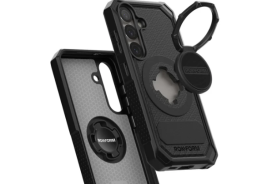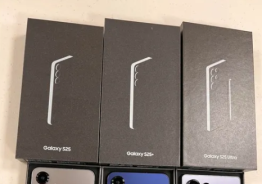After hitting 150,000 downloads in iOS, the Wi-Fi Mapper App is now available on Android.
Open Signal, developers of Mapper App has introduced the app for iOS in May. The app aims to help users track and find Wi-Fi hotspots. According to the statements of Open Signal's CEO Brendan Gill, this app expects a "big reception" among Android users.
The main feature of the Wi-Fi mapper is, according to Gill, that it enables users to distinguish between paid and free hotspot Wi-Fi networks. The content also introduces the ability to see whether the hotspot is in a bar, cafe or private. Additionally, the Wi-Fi hotspot app can also measure the quality of the Wi-Fi. Gill also said that, the developers aim to develop a database of the best non-congested, free and fast Wi-Fi hotspots.
The app uses clustering algorithms in order to show if the Wi-Fi hotspot is free or paid. The app itself is free, but there are indications that the additional features might require payment. According to Tech Crunch, one of such features might be offline access to hotspot maps, which is useful for travellers who don't want to activate data roaming that can be costly.
According to Tech Crunch, Open Signal has raised $4 million for the development of this app, the main investors being Qualcomm Ventures. The report goes on to say that the iOS app has seen the most success in the United States, rating around 21 percent in downloads. Developers hope to increase the download's percentage as the app is now available on Android. According to Gill, app downloads are significantly bigger in Android devices. The app hopes to perform well in countries like "Indonesia, Brazil and India," which have recorded high downloads for the platform.
Open Signal believes that one of the main reasons for the app's success is the effort invested by people. Around 10 percent of users have manually classified their own hotspots as paid, private or free. As registration is not necessary, users only need to create an account and update their hotspot's classification. The developers claim the percentage surprised them because, in most cases, the independent data entry is usually only done by around 1 or 2 percent of users.
© Copyright 2025 Mobile & Apps, All rights reserved. Do not reproduce without permission.
















